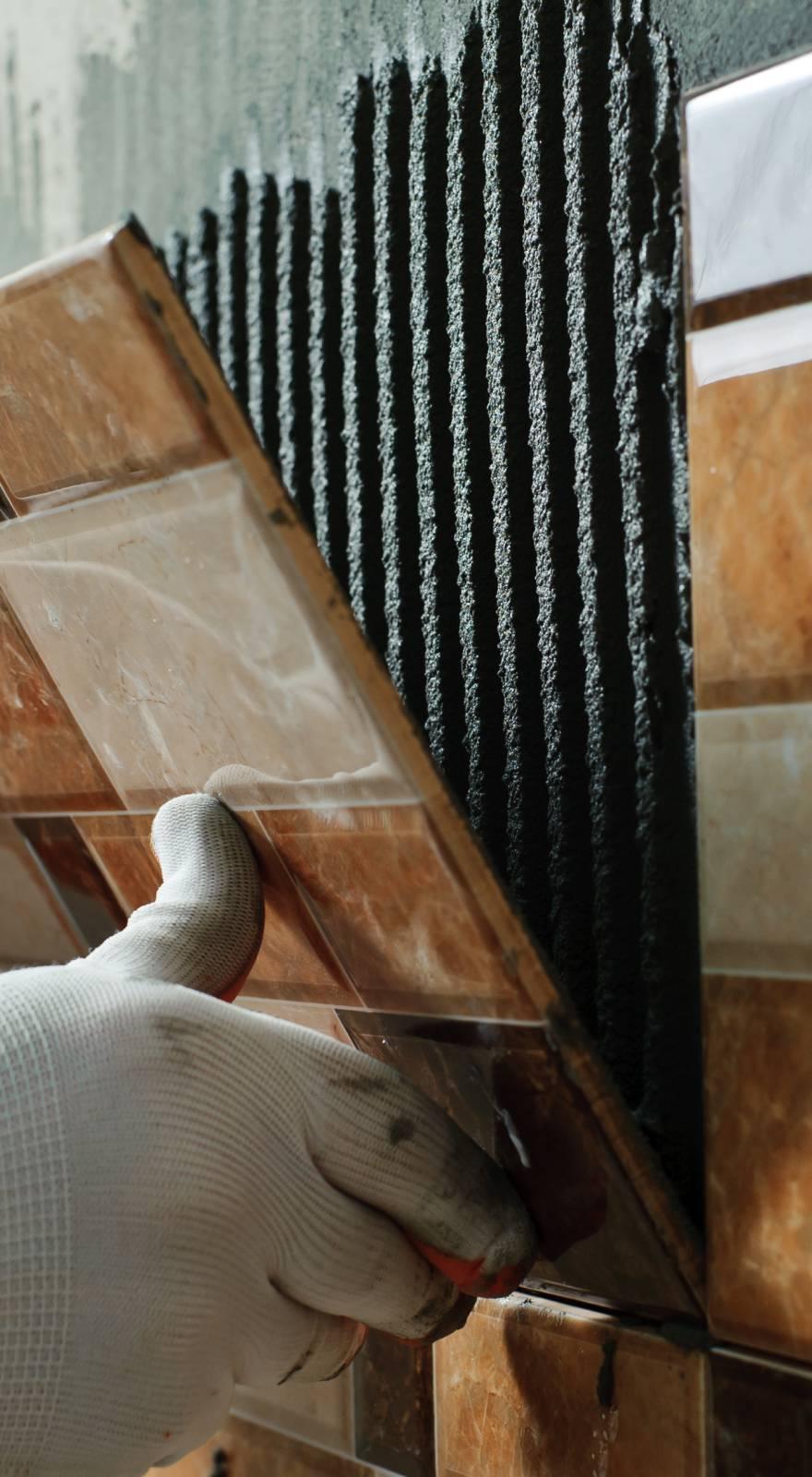Knowde Enhanced TDS
Identification & Functionality
- Chemical Family
- Technologies
- Product Families
Features & Benefits
- Ready-to-Use Product Features
Applications & Uses
- Applications
- Application Area
- Suggested Applications
- Medical : USP Class VI Certified for Biocompatibility - Suggested for medical devices such as catheters, endoscopic products; adhesion to most metals and some plastics, resisting to ETO, gamma, and autoclave, resisting X-ray radiation, potting and protection of scintillator crystals, CT Detector packaging, adhesive for the optical beam pathway in photo-diode arrays.
- Fiber Optic : adhesive for glass and plastic fibers, wicking into fiber bundles used in patch cords, endoscopes or sensor devices, adhesive/seal/encapsulant used for fiber packaging and components
- Opto-electronic : LCD/LED adhesive for laminating glass layers; adhesion to PET plastic, general potting, encapsulation, and protection, spectral transmission in VIS and IR light, adhesive for precision optics including lens, prism, beam splitter cubes, mirrors, and diodes
- Instructions for Use
- Mix 100 grams of Resin, PART-A with 25 grams of Hardener, PART-B and vacuum degas.
- Apply to clean bonding surfaces and cure as recommended to achieve the desired properties.
- Typical cured properties were determined using recommended cure schedule.
- Some difference in properties may occur with the alternate or other cure schedules.
Properties
- Optical Properties
- Typical Cured Properties
- Handling Properties
- Note
Typical Cured Properties : Tested at 25°C unless otherwise indicated
| Value | Units | Test Method / Conditions | |
| Refractive Index (at 25°C, 589nm) | 1.52 | — | — |
| Spectral Transmission (at 380-980nm) | min. 99 | % | — |
| Spectral Transmission (at 980-1640nm) | min. 97 | % | — |
| Spectral Transmission (at 1640-2040nm) | min. 95 | % | — |
| Value | Units | Test Method / Conditions | |
| Specific Gravity | 1.1 | — | — |
| Hardness | 85 | Shore D | — |
| Lap Shear Strength to Aluminium | 2400 | psi | — |
| Service Temperature Range | -55 to 200 | °C | — |
| Glass Transition Temperature (Tg) | 65 | °C | — |
| Coefficient of Linear Thermal Expansion (Below Tg) | 42 | 10⁻⁶/°C | — |
| Coefficient of Linear Thermal Expansion (Above Tg) | min. 100 | 10⁻⁶/°C | — |
| Dielectric Constant (at 1 kHz) | 4.14 | — | — |
| Dissipation Factor (at 1 kHz) | 0.012 | — | — |
| Volume Resistivity | 1x10¹³ | ohm-cm | — |
| Value | Units | Test Method / Conditions | |
| Adhesive | Part A | — | — |
| Hardener | Part B | — | — |
| Mix Ratio by Weight (Adhesive/Hardener) | 100/25 | — | — |
| Mixed Viscosity (at 25°C) | 100 - 200 | cps | — |
| Pot Life (at 25°C, 100 grams) | 2 | hours | — |
Regulatory & Compliance
- Certifications & Compliance
Technical Details & Test Data
- Curing Information
- Recommended Cure : 3 hr at 65°C
- Alternate Cure Schedule : 24-48 hr at 25°C
Safety & Health
- Safety Information
Warning : Although the system contains low volatility materials, care should be taken in handling. Adequate ventilation of workplace and ovens is essential. These materials may cause injury to the skin following prolonged or repeated contact and dermatitis in susceptible individuals. In case of skin contact, wash thoroughly with soap and water. For eyes, flush immediately with plenty of water for at least 10 minutes and seek medical attention. Refer to Material Safety Data Sheet for additional health and safety information.
Storage & Handling
- Shelf Life
- 1 Year
- Storage & Shelf Life
The shelf life of these materials is greater than one year when stored in unopened containers at an average temperature of 25°C.







